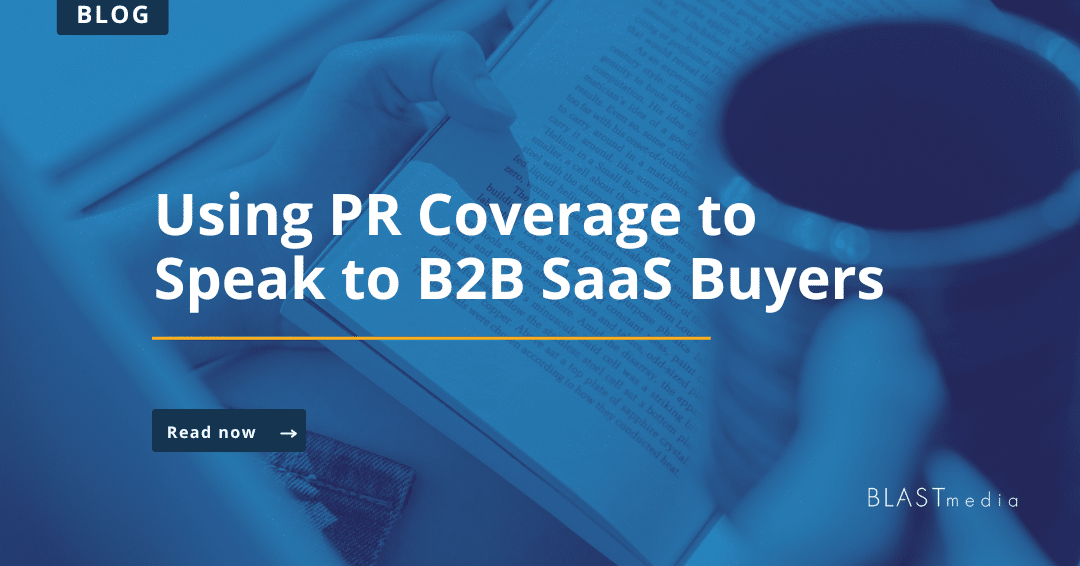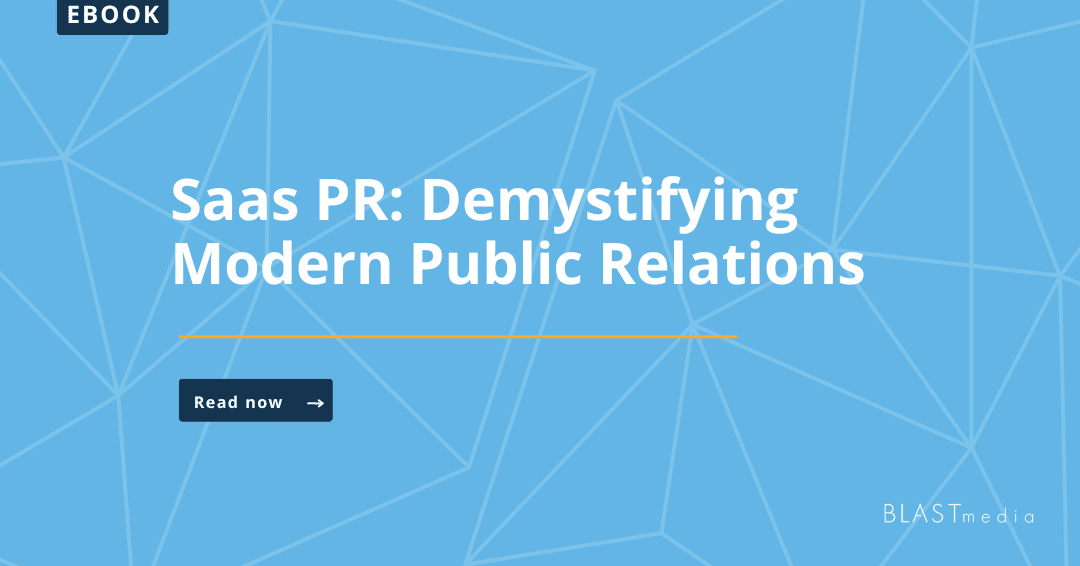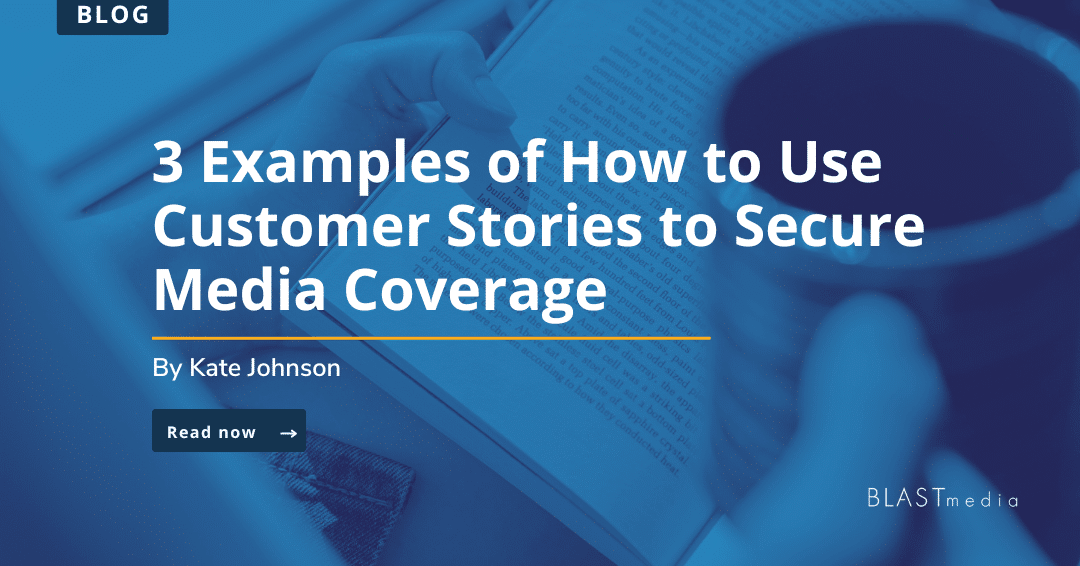Building a successful PR strategy and plan consists of various components like research, brainstorming and a consistent cadence of communication. But one of the most critical aspects of the initial research stage is content analysis. According to the Public Relations Society of America (PRSA), content analysis is “objective, systematic and quantitative,” and includes a description and evaluation of the content of documents for both the brand and its competitors, including media coverage.
Analyzing media coverage, blogs, ebooks and other materials from a client and competitors provides insight into reactive, newsjacking and other industry opportunities and sets up a successful strategy from the start. However, content analysis is also a tedious, time-consuming process. Here’s a closer look at what content analysis is and the challenges and benefits accompanying the process:
The content analysis process
Everything starts with research, and analyzing all existing materials and coverage is a good starting point. At BLASTmedia, we conduct a comprehensive media landscape analysis during our initial onboarding period with clients. This process starts by evaluating every single piece of coverage and company news a client and their competitors received and produced over the previous six months.
We tag each piece with a descriptor, such as “press release posting,” “mention,” “feature” or “contributed content.” From there, we go a step further by identifying spokespeople, noting the domain authority and readership of each publication and outlining what type of company news is being published, such as data, product or general.
After compiling this information, we build an initial competitive landscape snapshot and denote what to prioritize in our own plan. This process also helps us build a foundational understanding of the industry and our client’s technology, a key strategic advantage for our team.
Challenges of content analysis
That said, content analysis, when done correctly, can be a tedious process. Tagging each piece of coverage is labor-intensive and requires critical oversight to identify key learnings.
For example, while evaluating coverage, sentiment must be considered. Maybe a competitor has 300 pieces of coverage over the past six months and is dominating the landscape in terms of coverage. But what if this coverage is centered on a data breach and is mostly negative? The old saying “all press is good press” is simply not true, especially in the world of B2B SaaS.
Or maybe a competitor has scaled over time and spread services, and our client is only competing on one area of their business. Any existing materials offered by a customer on other verticals or sectors of their business are likely not useful in our efforts and shouldn’t be wrapped into the initial PR planning process.
Benefits of content analysis for B2B SaaS brands
Content analysis is part of the initial research phase for a reason: an effective analysis leads to a more strategic and informed PR plan. Evaluating individual coverage pieces and all existing materials provides insight into what competitors are talking about, who their primary spokespeople are, what keywords they’re looking to capture and movement happening in the industry through company news.
Capturing this information early on in the research phase of plan construction helps clients identify what topics they want to be a part of and sets them up for greater success when competing against others in the space. Content also helps our team learn about an executive’s unique voice and build an initial knowledge of the industry in total, our client’s technology and the unique value they offer customers.
An effective PR plan is critical in standing out in a B2B SaaS landscape, and it all starts with comprehensive research and thorough content analysis. Contact Lindsey Groepper and ask about our media landscape analysis process.




